- cross-posted to:
- [email protected]
- cross-posted to:
- [email protected]
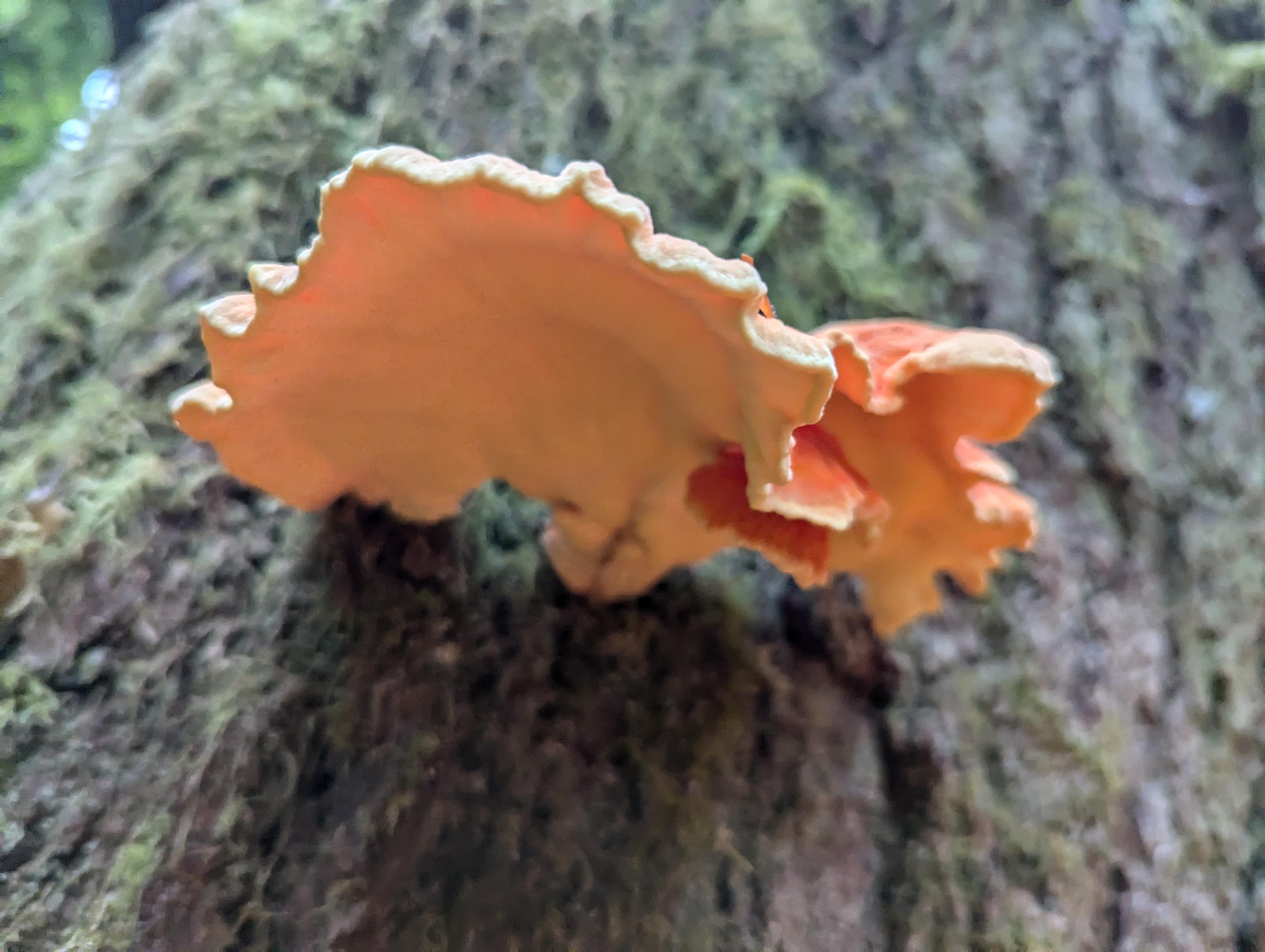
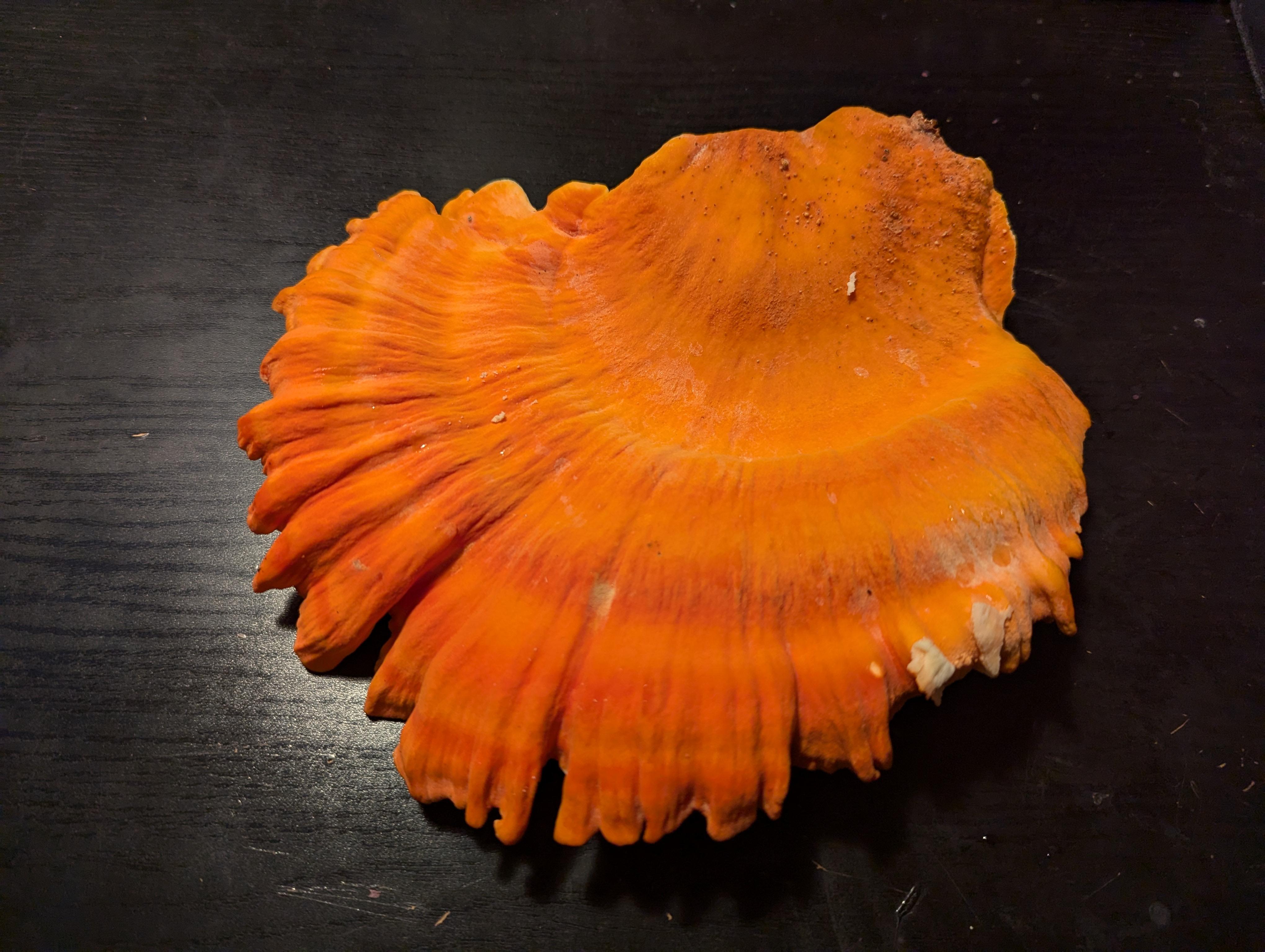
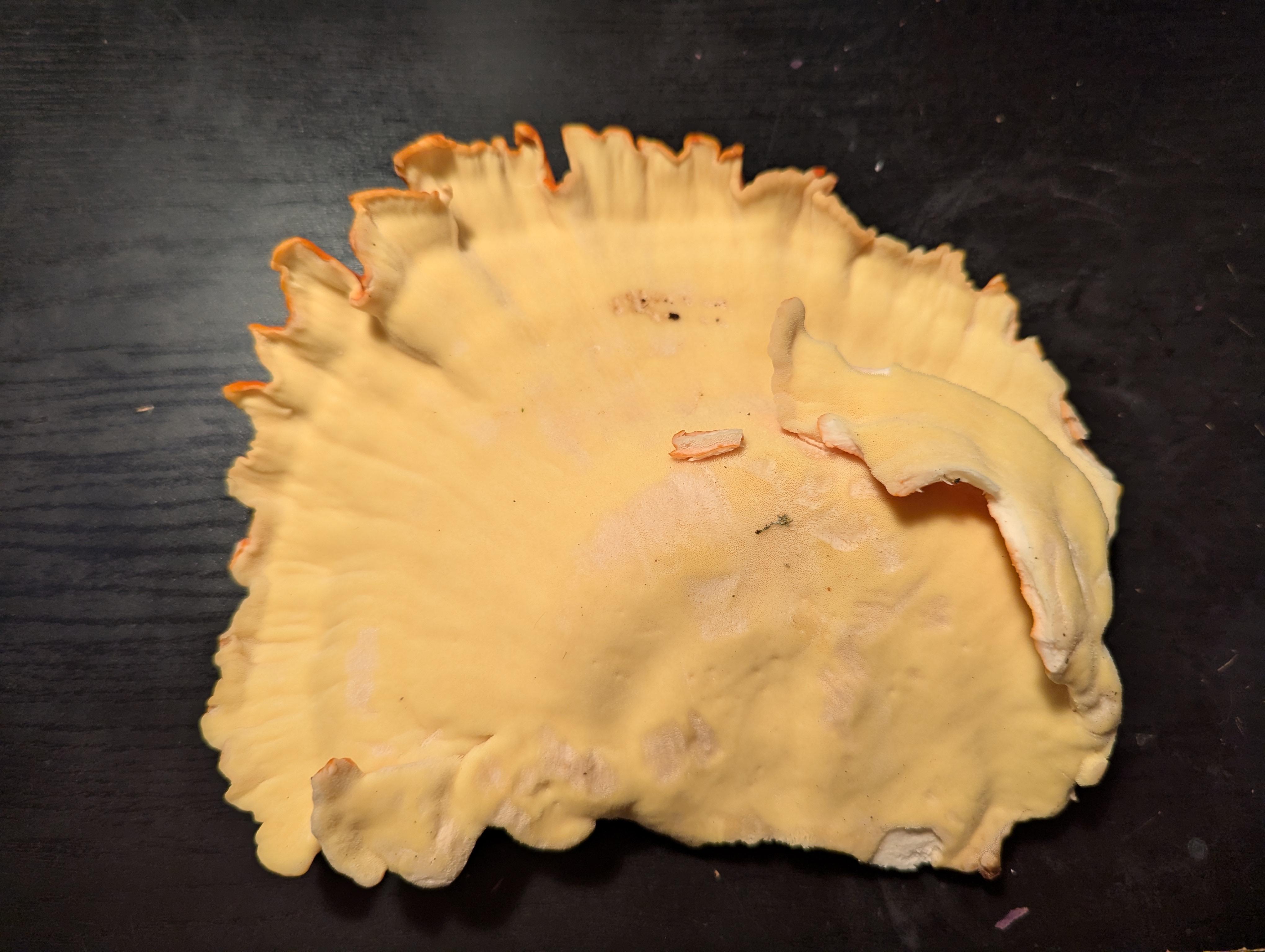
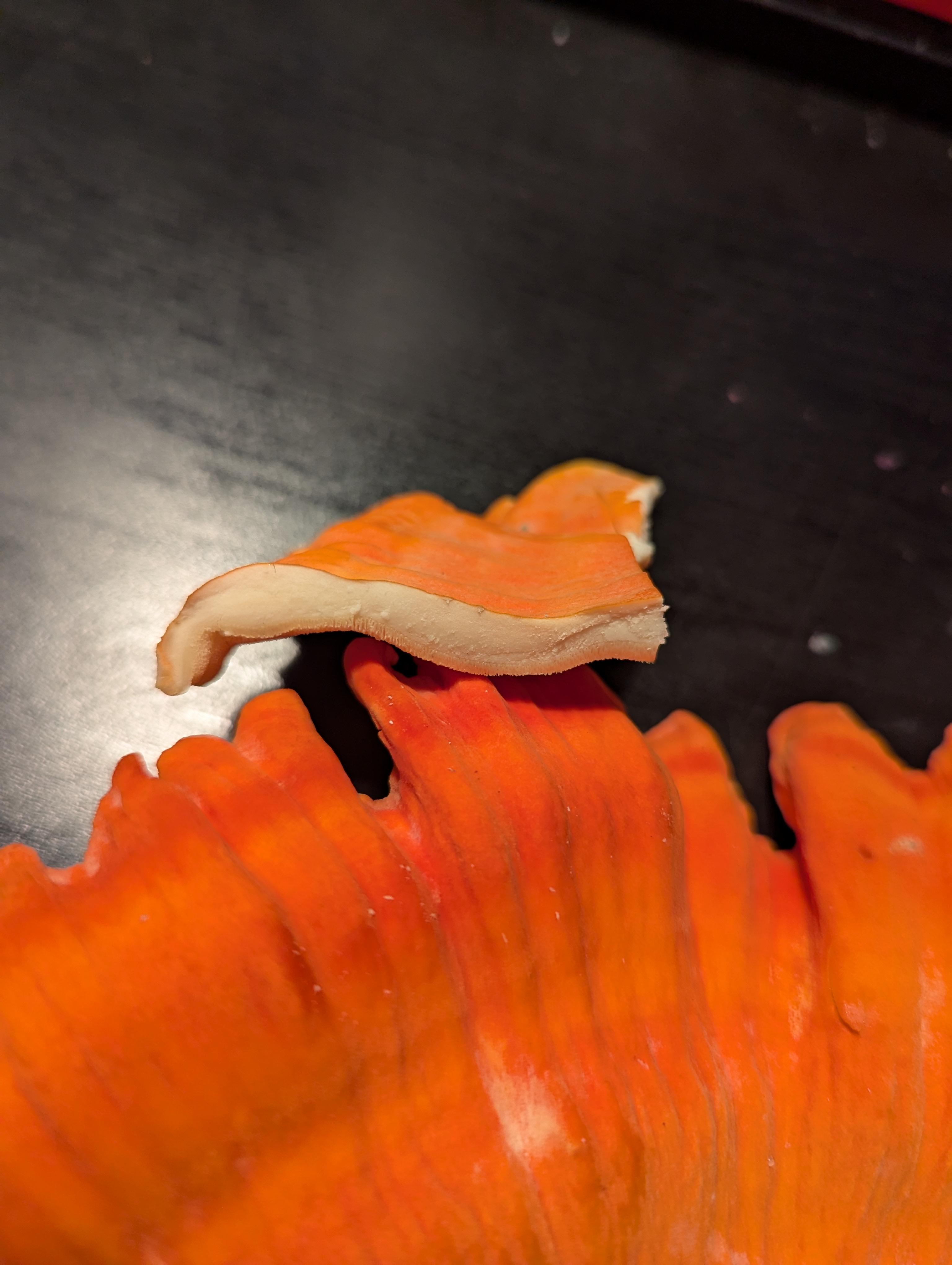
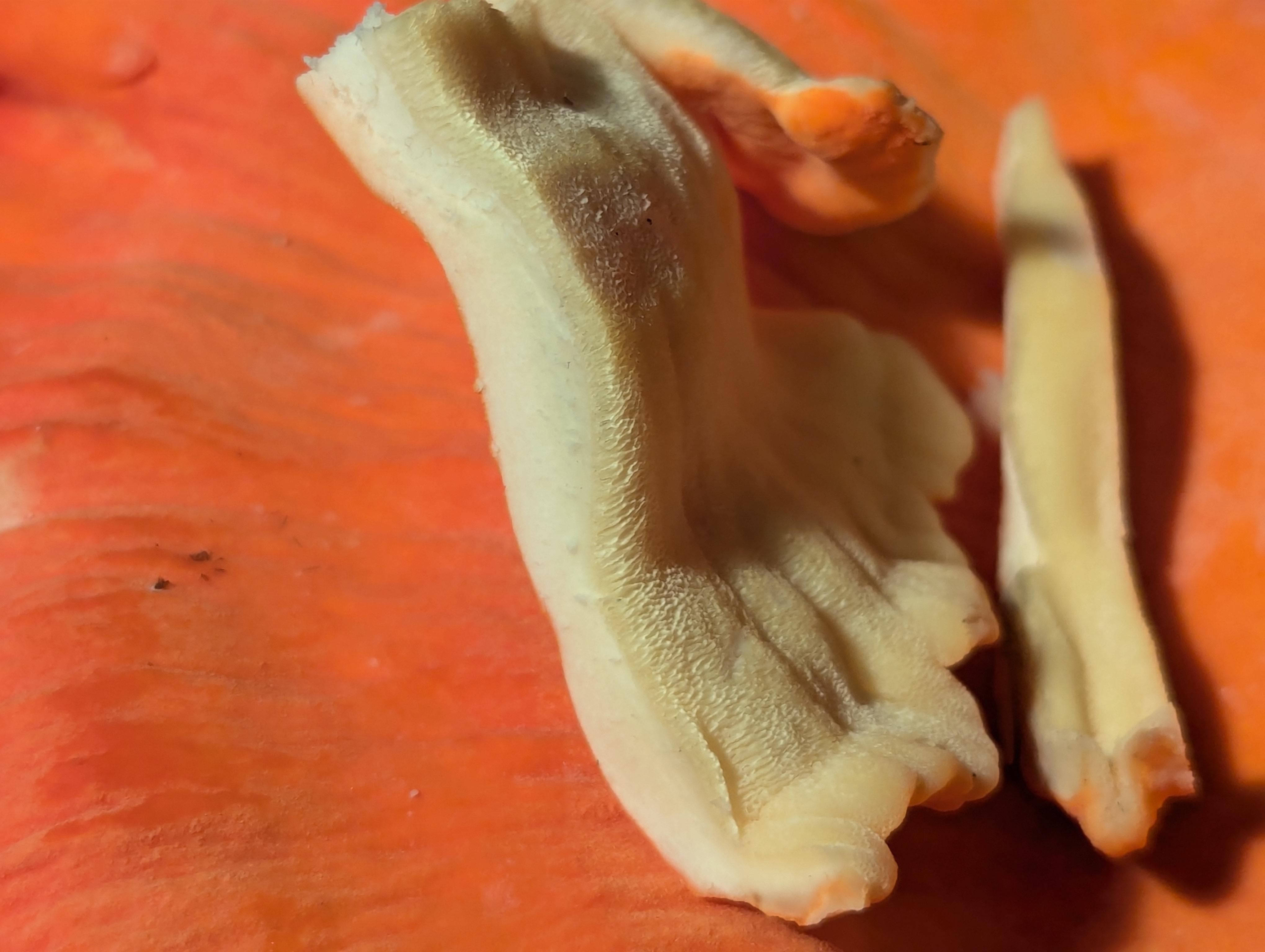
Found in Cascadia/PNW in mid-August.
If it is indeed chicken of the woods (ie laetiporus), I’m curious as to which species.
Cross-posts:





Found in Cascadia/PNW in mid-August.
If it is indeed chicken of the woods (ie laetiporus), I’m curious as to which species.
Cross-posts:
Definitely chicken of the woods. Looks a little different than the species in my neck of the woods. Main thing to look out for in the pnw, from what I remember, is to make sure you aren’t harvesting them off of pacific yew, cause then it can absorb the toxins from that. Yours definitely isn’t on a yew, though.
Is that due to some mechanism unique to a pacific yew? From what I’ve read, at least when talking about possible toxicity when found growing on a conifer, it’s mostly a myth, or at least misinformed [1].
References
I’m sure I read it somewhere, but I just checked one of my books, and it doesn’t say that, and reading online, I can’t find anything with evidence either way. Seems like the main risk is of you don’t clean them very well and get a lot of plant matter encased in it. Doesn’t take much yew to make you sick.
Either way, though, thanks for calling me out! I don’t live near any yews, so it’s not something I’ve ever had to think about.
I’ve heard that one is only supposed to eat the newest/youngest growth on chicken of the woods (the portion along the edge) [1.1][2]. The older/woodier growth towards the middle, and, by extension, the anchor to the substrate where the potentially troublesome plant matter might still be attached, shouldn’t be eaten as it has a higher likelihood of causing gastric upset [1.2].
References